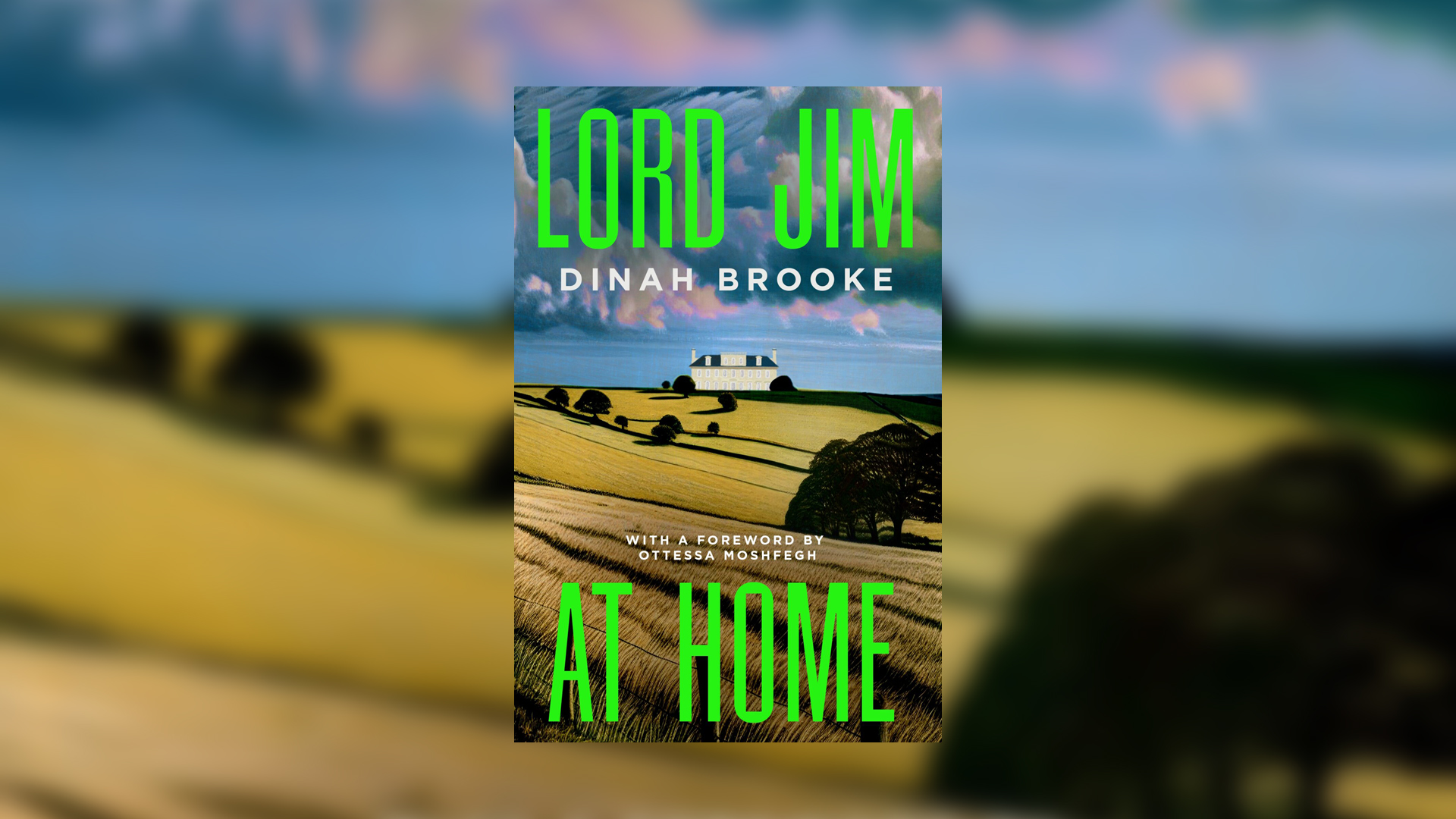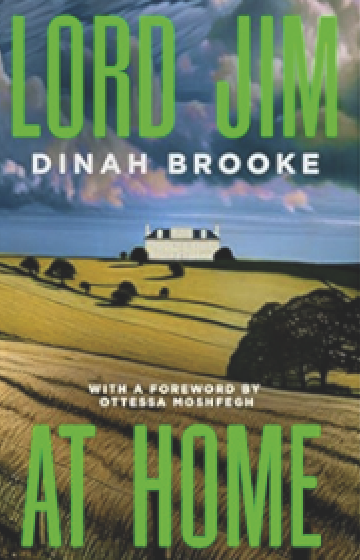When Dinah Brooke’s Lord Jim At Home was first published in 1973, it wasn’t heralded for the great work of fiction that it is. Instead of laughing at the horrors that ensue and the portrayal of a damaged individual, a defensive theme emerged in the critiques, that its depiction of England’s aristocracy was too paradoxical. Today in a world where eating the rich has become a common cultural theme that especially in the last year has been well gorged on, it is the perfect time for Lord Jim At Home to make a comeback.
Get the latest news and insight into how the Big Issue magazine is made by signing up for the Inside Big Issue newsletter
The novel follows Giles Trenchard through his entire life. We see through his eyes as a baby confronted with a hostile home environment, the comradery and violence that he experiences in the navy, and his unceremonious return to life in post-war Britain.
It is a book filled with vile imagery and the revolting bodies that we now associate with Ottessa Moshfegh. However, it was Dinah Brooke’s body horror depictions that once inspired Moshfegh, as is clear by her insightful foreword. Lord Jim At Home is full of pain and grotesquery, most of which
doesn’t come from Giles’s misadventures overseas. Giles, like many of his privilege, tumbles upwards through life, being constantly offered new opportunities many would hope for, despite squandering everyone around him.
I was carried along for a miserable, raucous ride, with pileups accruing on the side of the road as Dinah Brooke refuses to take her foot off the pedal. It’s a novel akin to narrative whiplash, that seeks to disorientate with the horrors which never relent.
Billie Walker is a freelance journalist.










